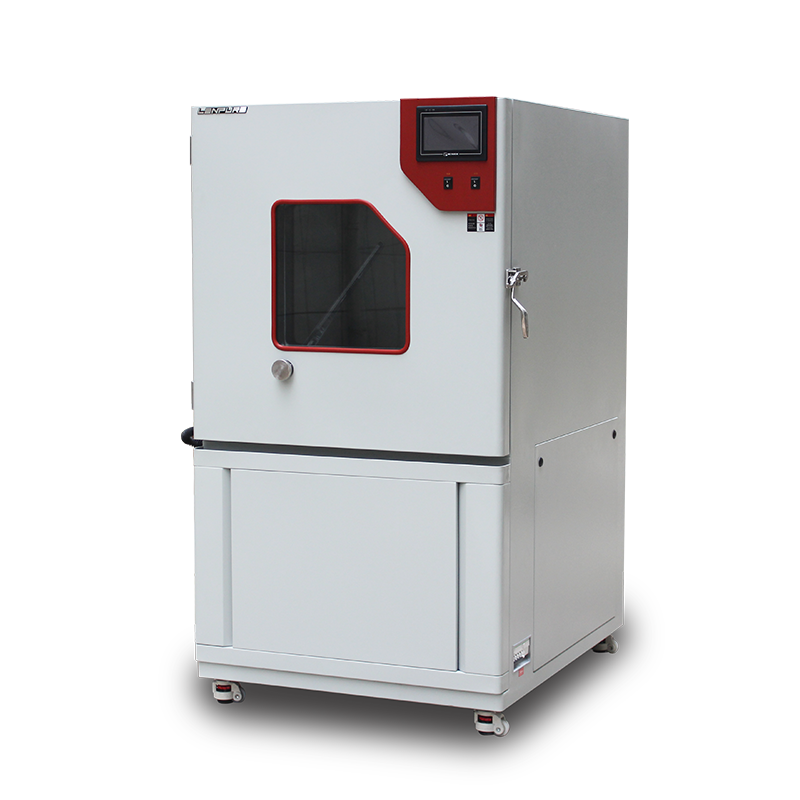

The operation of the sand and dust test chamber primarily involves using a fan to blow sand and dust of the required concentration at an appropriate flow rate over the surface of the test sample. This fully exposes the sample to a wind and sand environment to evaluate its permeability and resistance to dust particles, its ability to withstand erosion and abrasion from sand particles, and whether it can accumulate and operate effectively.
Regardless of the type of equipment, some faults may inevitably occur during operation, and the sand and dust test chamber is no exception. Moreover, since this testing equipment simulates the destructive effects of natural wind and sand climates on products or materials, the likelihood of faults occurring is higher compared to other devices.

So, the question arises: when a fault suddenly occurs during the experiment, how can we identify and resolve the issues while ensuring the reliability and authenticity of the test?
If the test chamber has no power or the display does not light up after startup, we can first check whether the power switch is turned on, whether the phase sequence is normal, and whether there is a neutral line.
If the test chamber fails to blow dust, we can check whether the testing equipment is operating normally and whether the fan device is too small. We should also verify whether the dust is dry.
Additionally, the sand and dust test chamber should be placed in a cool, low-dust, and well-ventilated area, avoiding direct sunlight and keeping it away from flammable materials, high-temperature heat sources, etc. It is best to position it close to the power supply.
The sand and dust test chamber is a precision environmental testing device. During experiments, improper operation or incorrect placement of the chamber can lead to faults. Furthermore, if the testing equipment malfunctions, it can easily disrupt the entire testing process, causing losses for the user. Remember, to minimize costs, users should avoid disassembling the test chamber themselves, as this may result in greater losses.